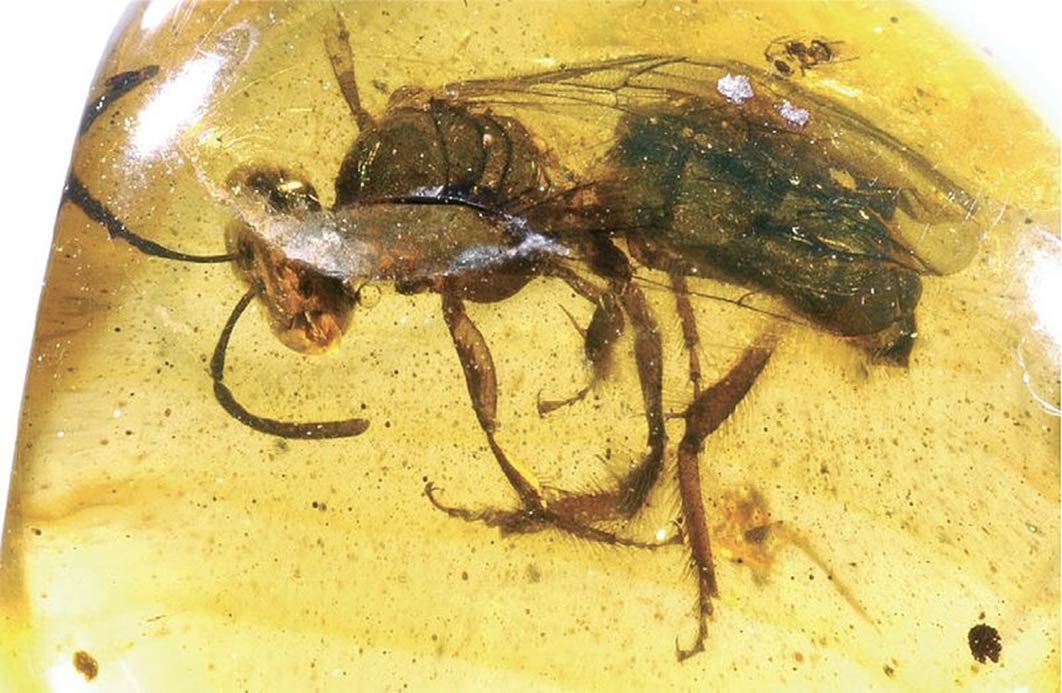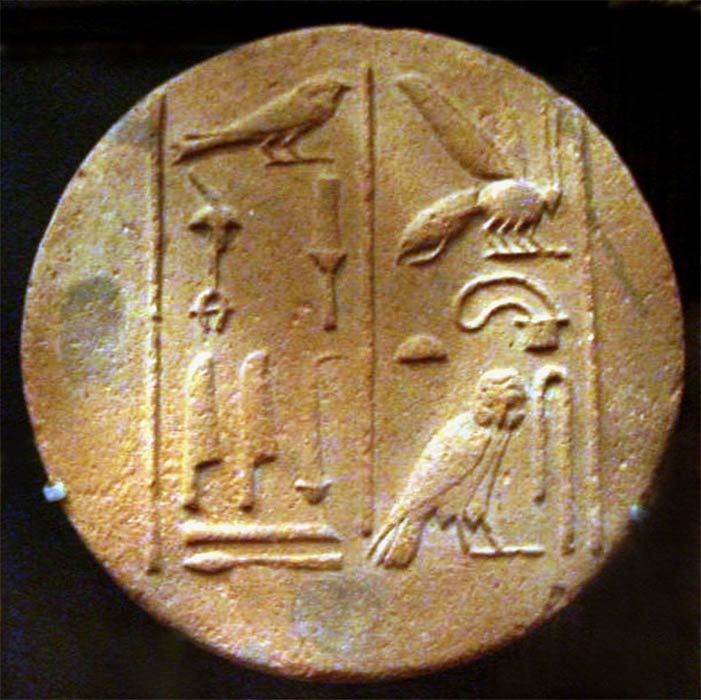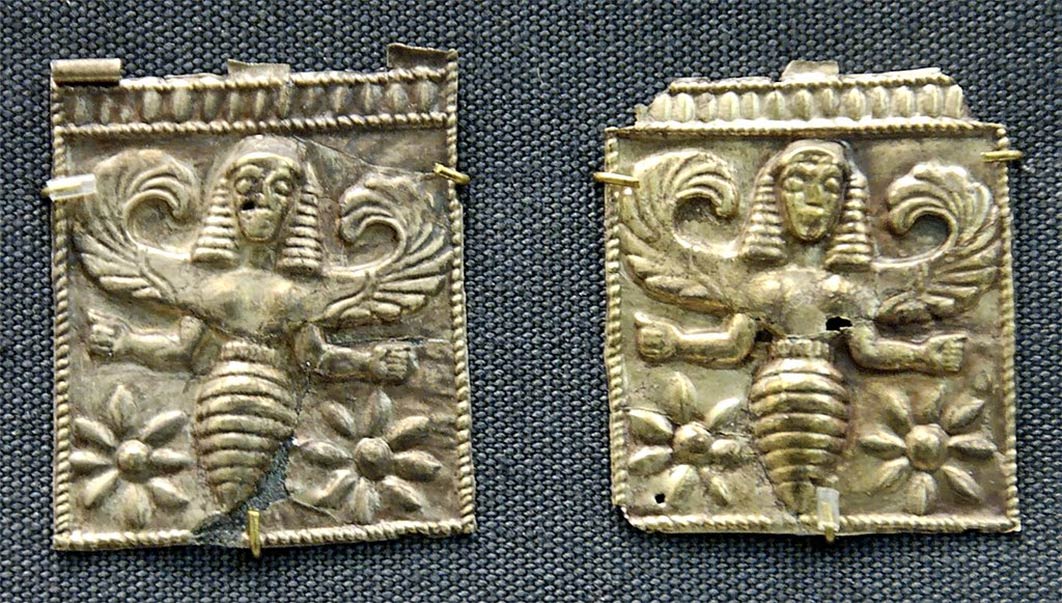
Honey Liquid Gold Of The Ancient World
In Greek mythology, Melissa was a nymph who discovered and taught the use of honey and from whom bees were believed to have received their name. Regarded as nectar of the gods, honey is obviously as old as the bee and the oldest bee ever discovered was found embedded in amber in a mine in northern Myanmar (Burma) dating back 100-million-years.

Two New Halictine Bees entombed in Miocene Amber from the Dominican Republic (Hymenoptera, Halticidae). ZooKeys 29: 1–12. (CC BY-SA 3.0).
Ancient African Bees
More than 16,000 species of bees currently exist in seven major family groups, and bees pollinate plants causing them to evolve, but until recently researchers had generally believed that most primitive bees stemmed from the family Colletidae, which implies that bees originated in the either South America or Australia. However, a 2006 paper by Dr B. Danforth in Science concludes that the earliest branches of the bee's evolutionary tree originate from the family Melittidae, meaning bees have African origins, and furthermore, because bees are almost as old as flowering plants, bees are used to explain the evolutionary diversification of these plants.

Base of Funerary Cone, with details of hieroglyphs of a bee. Louvre (Public Domain)
Honey In Prehistory
Archaeologists and deep-sea divers have discovered all kinds of ancient food and drink, some buried in ancient tombs and others in the holds of abandoned in shipwrecks. The 3350-year old discovery of honey in Egyptian Pharaoh Tutankhamen’s tomb was considered to be the oldest known honey in the world. However, in 2003 during the construction of the Baku-Tbilisi-Ceyhan oil pipeline in Georgia, a collection of ceramic jars was discovered in the tomb of a noblewoman not far from Tbilisi, containing what is now known as the world’s oldest trace of honey, dating back about 5,500 years.

Gold plaques embossed with winged bee goddesses found at Camiros, Rhodes, dated to seventh century BC. British Museum. (Public Domain)
While honey can be described as being as old as history is itself, well, at least 100 million years, there exists a fair gap between its ancient origins and the earliest actual traces of honey having been used by humans around 5,500 years ago. A rock painting discovered in Cuevas de la Araña en Bicorp, in Valencia, Spain, shows a pair of honey seekers swinging on a rope, robbing a wild bee colony on a cliff face, and this image has been dated to 6000 BC. The two figures are depicted carrying baskets, or gourds, and using a rope, or a rope ladder, to reach the beehive. Honey harvesting from wild bee colonies is one of the most ancient human activities that is still practiced by aboriginal societies in parts of Africa, Asia, Australia and South America.




